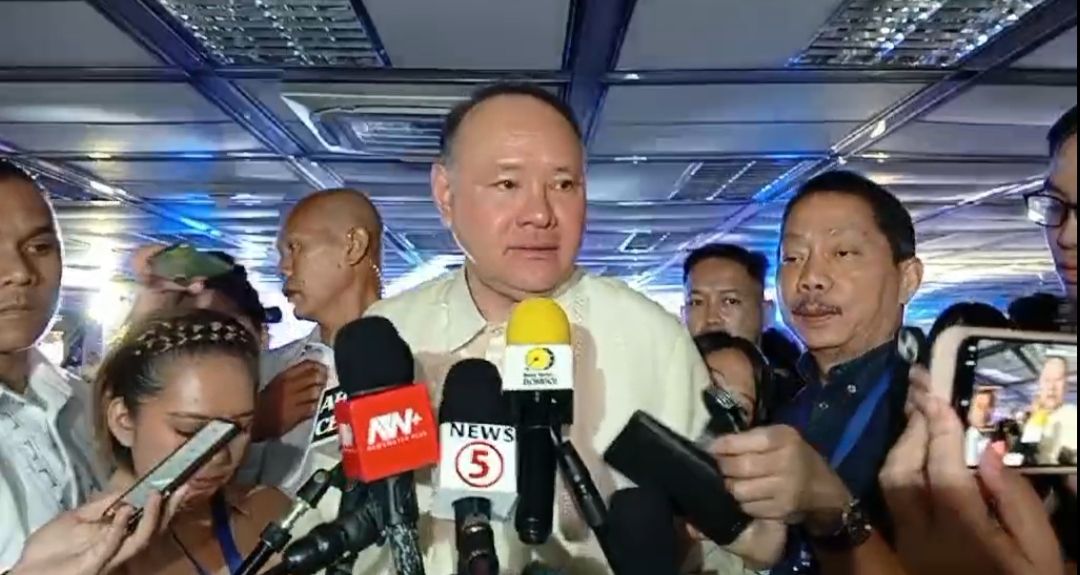'Kristine' aftermath: Water, fuel shortage hit Camarines Sur

The national government is finding ways to address the water and fuel shortage in Camarines Sur in the wake of the devastation caused by Severe Tropical Storm “Kristine”.
During a situation briefing led by President Marcos Jr. in Malacanang on Friday, Oct. 25, Department of National Defense (DND) Sec. Gilberto Teodoro Jr said that he directed the Office of Civil Defense (OCD) to find a route in the Bondoc Peninsula en route to Camarines Sur where the military can transport landing craft tanks (LCTs) to ferry fuel tankers.
A shuttle service has begun crossing the Bondoc Peninsula to Pasacao town in Camarines Sur to deliver much-needed water, fuel as well as food for the storm victims.
The prevailing inclement weather and massive flooding in Bicol Region continue to hamper the delivery of government relief assistance to storm victims.
The storm’s impact on infrastructure led to supply chain disruptions. In Camarines Sur, a major road in Milaor town was heavily damaged which caused a traffic bottleneck, affecting even those vehicles that are carrying relief supplies.
Mayor Nelson Legacion, of Naga City, Camarines Sur, explained that Milaor town acts as a basin which catches all the water from the upper portion of Rinconada District of Camarines Sur and Albay province during the rainy season.
To address the logistics issue, the Philippine Air Force’s (PAF) 205th Helicopter Wing and the 505th Search and Rescue Group have deployed rotary assets to enhance airlift capabilities for humanitarian assistance and disaster response (HADR) operations, according to Teodoro.
“May I also say that the Philippine Air Force was able to go into Naga and Legazpi and will continue the air bridge to take advantage of any gaps in the weather now,” added Teodoro, who also serves as the chairman of the National Disaster Risk Reduction and Management Council (NDRRMC).
Meanwhile, Department of Environment and Natural Resources (DENR) Secretary Maria Antonio Yulo Loyzaga recommended mobilizing the private sector to identify fuel stocks in affected areas and facilitate access to them.
“Fuel stocks sometimes are in depots and actually already in the proximate areas where they can already be accessible,” Loyzaga remarked.